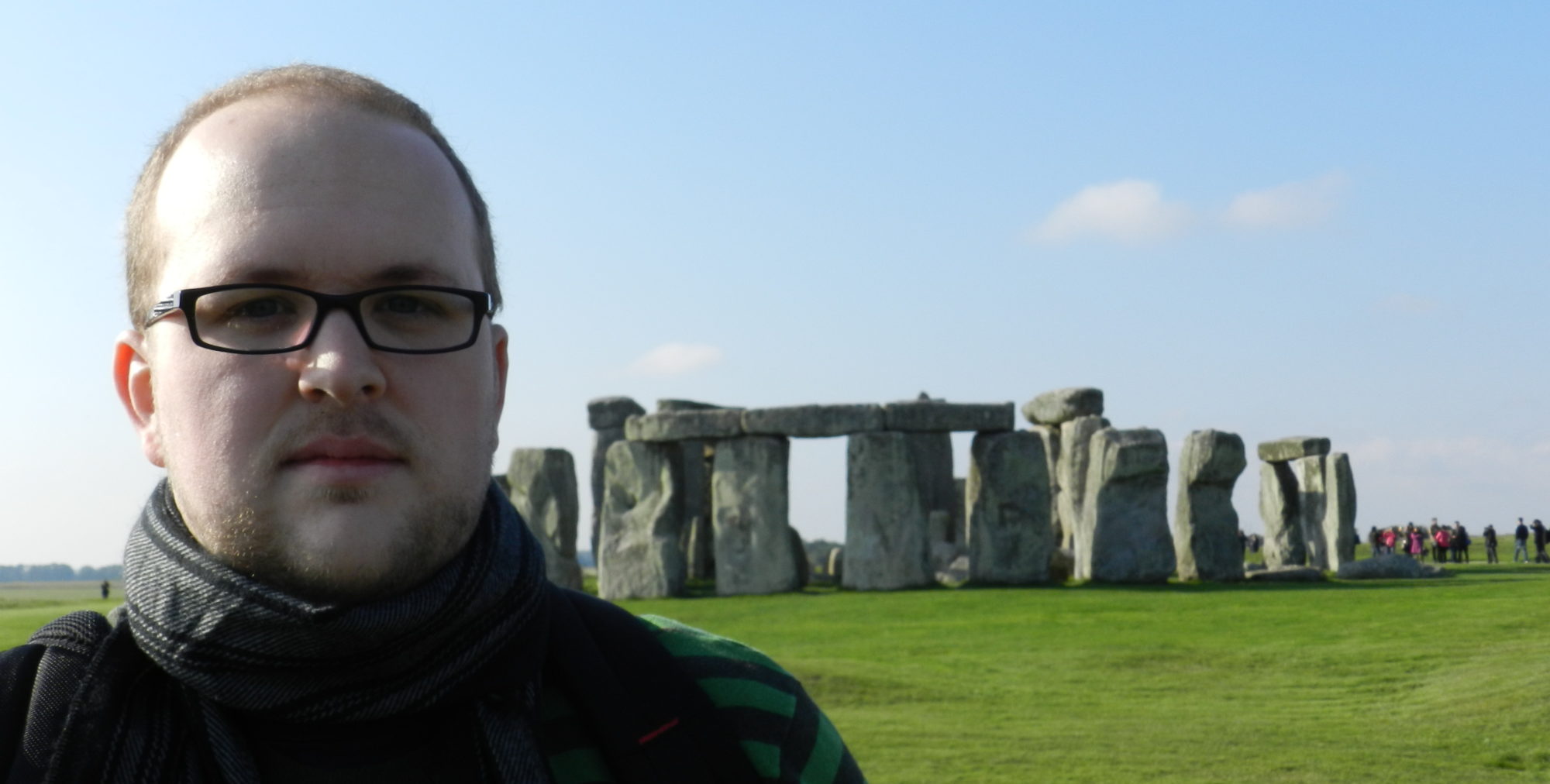
Upon exiting the theater after watching A Wrinkle in Time, one resemblance came to mind: 2001: A Space Odyssey. For some, that’s damnable praise; as highly regarded as it is, 2001 is considered by many modern viewers as a plodding, confusing mess.
For me, the comparison is a compliment of the highest order. A Wrinkle in Time is different from most modern films. It strikes a magical realist tone, though some might see that as simply disorganized. The pacing is iffy; the beginning moves far too slowly before racing ahead at a breakneck pace, giving neither the characters nor the audience time to catch their breath.
But you know what? By the end of the film, I found that the issues I had early on in the film no longer bothered me. On the whole, A Wrinkle in Time is gorgeous, sincere, compelling, weird, and quite possibly the best movie I’ve seen this year.
A Wrinkle in Time, based on the seminal novel by Madeleine L’Engle, marks director Ava DuVernay’s first major blockbuster. She brings with her a character-focused sensibility well-suited to the source material. Meg Murry, her little brother Charles Wallace, and Meg’s friend Calvin set off on a journey across the stars to find Meg’s missing father. The child actors, especially Storm Reid as Meg, carry the film on their shoulders. While big stars like Oprah and Reese Witherspoon — playing the children’s guides — do a passable job, it’s the kids who make the story engaging. Meg and Charles Wallace manage to hit precociousness while missing annoying (a rare feat), and Levi Miller as Calvin captures the sweetness of young romance without becoming cloying.
It’s hard to overstate how refreshing it is to see a kids’ movie where the characters bear some resemblance to actual children. We get the standard dialogue conveying the importance of love and family, and for once I felt like the characters believed it. We see the love Meg and Charles Wallace have for each other, the unbreakable empathy that only two awkward, traumatized siblings can possess. And when the big bad — an entity of pure hatred and evil named IT — drives the two apart, it’s that chemistry which had me cheering for them to find each other, rather than wishing Meg would discard Charles Wallace like the annoying little punk he could have easily been.
The love between siblings is far from the most complex relationship in the film. That title belongs to Meg and her father, Alex, played by Chris Pine. Though we seem him primarily in flashbacks, Alex’s 4-year-long disappearance, naturally caused by IT, drives the film. At the beginning of the film, Meg both misses and resents her father. Most films would take the easy path — rescue Dad, hug and kiss, one big happy family again. Without spoiling too much, suffice it to say their relationship remains complicated right through to the end credits.
I’d be remiss not to mention the visuals of the film. There’s been some griping about the “lettuce leaf” creature which appeared in most of the film’s trailers, and … it’s not great. Its presence in the weakest part of the film — the colorful, conflict-free utopia of Uriel — doesn’t help matters. Still, aside from this stumble, I found the effects to be bombastic when needed but otherwise subtle. DuVernay uses color, costumes and perspective, more than overpowering CGI, to draw the audience into L’Engle’s universe. Despite the Disney-sized budget, this feels more like an art film than a blockbuster, more THX-1138 than The Phantom Menace.
So why the comparison to 2001, known for its sometimes laborious focus on visual effects? Because the films are surprisingly similar in how they approach storytelling. I’ve seen A Space Odyssey several times, and yet even now I’d have a hard time pitching a compelling plot summary. Humans find alien thing, guy goes into space, his computer goes wacky, he goes into Weird Space, he finds a space baby. Uh … the end?
While A Wrinkle in Time is not quite that inscrutuble, it is similarly focused on mood and theme over plot. If you’re looking for all the twists and turns of a Game of Thrones episode, or the nitty-gritty worldbuilding of an Asimov novel, you’re out of luck here. Meg’s otherworldly guardians might as well be fairy godmothers for as much of their backstory as we get. Mind-powered lightspeed travel is handwaved, and excised is the novel’s famous explanation about traveling between two points on a plane by wrinkling the space between them. (Curiously, this scene is highlighted in most of the film’s promotional material. I don’t doubt that the first act’s pacing issues are responsible for putting it on the cutting room floor)
Approaching the film from a magical realist lens, however, left me feeling astonished. In one of the movie’s final montages, Meg uses her mind to FTL travel (“tesser”) on her own, a feat she spent most of the film unable to achieve. If the other similarities weren’t enough, the resemblance of this scene to 2001’s infamous “Star Gate” sequence drives the comparison home. If you find the latter as enthralling me, you may end up loving A Wrinkle in Time as much as I did. I hope you do. Ava DuVernay and her crew have crafted as empathetic, as personal and as deliciously strange a movie as I’ve seen in years. She deserves the chance to do it again.
